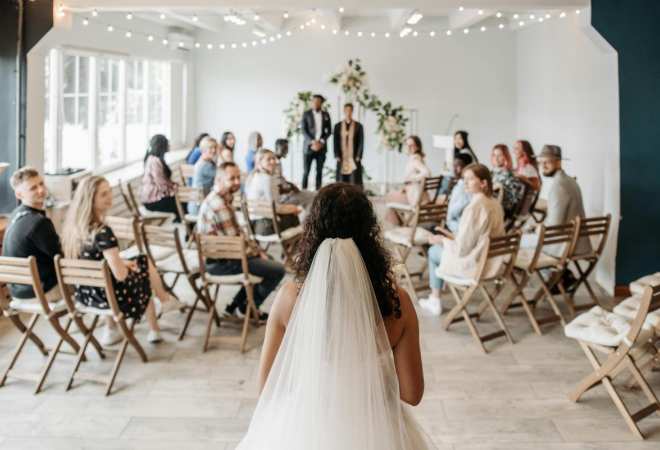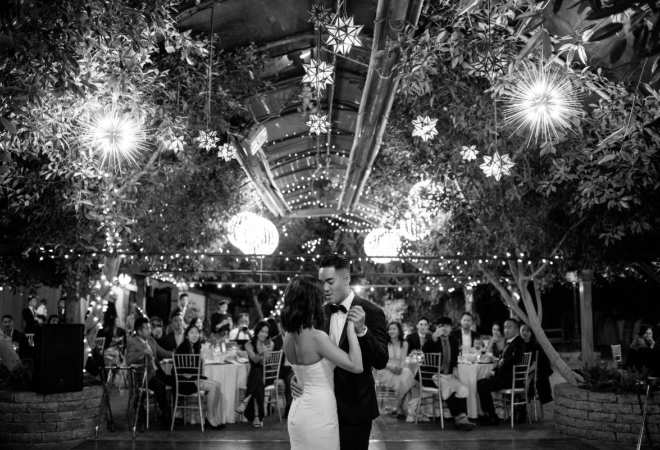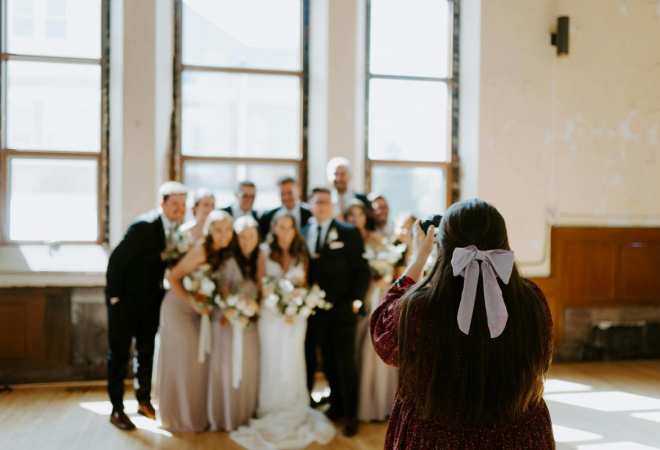In the tapestry of love and celebration that is a wedding ceremony, inclusivity should be woven into every thread. As couples plan their special day, it's crucial to ensure that all guests, including those requiring disability or mobility aid equipment, feel welcomed and included in the festivities. With thoughtful planning and consideration, it's entirely possible to create a beautiful and accessible wedding experience for everyone involved.
Here are some key considerations to ensure inclusivity for guests with disabilities or mobility needs:
Venue Selection:
Prioritizing accessibility in venue selection goes beyond checking for wheelchair ramps and accessible parking. It's important to consider the venue's layout comprehensively. For example, if the ceremony and reception are on different floors, ensure there are elevators or lifts available.
Moreover, verify that pathways are not only wide enough for mobility aids but also free from obstacles such as steps or uneven surfaces. Accessible restroom facilities should also be readily available and equipped with features like grab bars and sufficient space for maneuvering.
Communication:
Open and clear communication with guests about accessibility features is crucial for ensuring they feel welcome and accommodated. In addition to including information in wedding invitations and on the wedding website, consider reaching out personally to guests who may have specific needs to discuss how best to accommodate them.
Providing contact information for inquiries related to accessibility can also make guests feel more comfortable reaching out with any questions or concerns.
Seating Arrangements:
When planning seating arrangements, it's not just about reserving spaces for wheelchairs or mobility aids. Consider the overall layout to ensure that guests with disabilities or mobility needs have easy access to seating areas and that these areas offer a good view of the ceremony. Positioning seating close to entrances and exits can enhance convenience and make it easier for guests to navigate the venue.
Transportation:
Accessibility extends beyond the venue itself to transportation options for guests. Ensure that accessible transportation services are available if needed, especially for guests who may require assistance getting to and from the venue or between different locations.
Providing information about accessible public transportation routes can also be helpful for guests who prefer to use these services.
Assistance and Support:
Having a designated point of contact or wedding attendant available to assist guests with disabilities or mobility needs can greatly enhance their experience. This person can provide guidance, answer questions, and offer support throughout the event, ensuring that guests feel supported and included.
Consider providing training or guidelines for volunteers or hired professionals to ensure they are sensitive to the needs of guests with disabilities.
Adaptations and Accommodations:
Flexibility is key when it comes to meeting the diverse needs of guests. In addition to providing alternative formats for wedding programs and ensuring that speeches are communicated verbally, consider offering a range of seating options to accommodate different needs, such as chairs with sturdy backs for additional support.
Be proactive in identifying potential barriers to accessibility and be willing to make adjustments as needed.
Dance Floor Accessibility:
Making the dance floor accessible involves more than just providing a flat surface. Consider factors such as lighting, seating areas for rest, and music selection that cater to a diverse range of guests and abilities.
Encourage inclusivity by creating an environment where everyone feels comfortable participating in the celebration, whether they choose to dance or not.
Visual and Audio Aids:
Providing visual aids such as sign language interpreters or captioning services can make a significant difference for guests with visual or hearing impairments. Ensure that the venue is equipped with adequate lighting and acoustics to enhance visibility and audibility for all guests, and be proactive in addressing any specific needs that guests may have.
Inclusive Decor and Signage:
Decor and signage should be not only aesthetically pleasing but also easy to understand for all guests. Use clear, large fonts and high-contrast colors for signage, and consider incorporating tactile elements for guests with visual impairments.
Avoid cluttering pathways with decorations that may obstruct mobility aids or pose tripping hazards.
Sensitivity and Respect:
Ultimately, approaching the planning process with sensitivity and respect for the diverse needs of guests is paramount. Listen to feedback and be proactive in addressing any concerns or challenges that may arise.
By prioritizing inclusivity and accessibility, couples can ensure that all guests feel valued and celebrated on their special day, creating lasting memories for everyone involved.
In conclusion, creating an accessible and inclusive wedding ceremony is a beautiful expression of love and respect for all guests. By considering the unique needs of individuals requiring disability or mobility aid equipment and implementing thoughtful accommodations, couples can create a memorable and inclusive celebration where everyone can participate fully and joyfully.
are you a bride or groom-to-be?
We'd love to plan with you on weddingday-online.com. Let's get started!
are you a wedding extraordinaire?
Join WeddingDay Magazine in inspiring brides by partnering with us! See how here.








Join the conversation
Log in or register to post comments